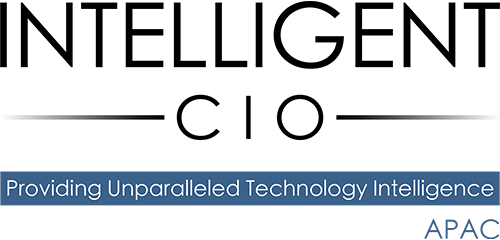With data centre infrastructure evolving to meet the changing needs of end users – including the incorporation of IoT devices – data centre managers can no longer rely on basic cabling testing. It’s critical that they have the tools available to be able to test and troubleshoot issues quickly, to ensure Business Continuity. Lisa Schwartz, Director of Business Development and Product Marketing at AEM, talks us through some of the challenges data centre teams are encountering and how they can ensure they have a comprehensive testing strategy that meets users’ growing demands.

Why must businesses always be on the lookout for ways to improve data centre (DC) performance and reliability?
Because data centres must constantly evolve to meet the growing needs of the businesses they serve. If a business fails to keep this in mind it will be very problematic when the growth surpasses the capacity of the data centre.
Why are data centre trends that leverage power over Ethernet (PoE) for various IoT purposes on the rise, and what’s the impact?
There are many smart building IoT devices such as access controls, sensors, lighting and cameras which require reliable data and power connections and these requirements place more demand on the data centre.
What challenges does the varied layout of data centre plants create in terms of cabling requirements and troubleshooting?
There are three typical layouts for data centre plants – centralised, End of Row (EOR) and Top of Rack (ToR).
Centralised layout is typical in a small or older data centre. The under-floor or overhead cabling pathways can become overwhelmed and removing/replacing cabling can be difficult. Re-use of cabling can be confusing without first determining if the existing cable will support a new application.
End of Row (EOR) layout addresses some of the cabling overload issues by placing switches at the end of each row, reducing the amount of centralised cabling, but congestion can still occur at the network rack depending on the size of the row. Proliferation of IoT devices can compound the cabling congestion. Testing capability beyond physical layer certification is a must.
Top of Rack (ToR) layout, while being the most modern, is not without challenges. Many more switches are required, which adds complexity and cost. Problems can arise if a ToR switch becomes full and a NetOps admin connects a server to a switch in an adjacent rack in the interest of saving time instead of expanding the port capacity on the rack, leading to cabling having to be manually traced to determine to which switch a server is connected. The ability to get quick switch detail including slot/port/VLAN to understand connection path should be considered a requirement.
Can you outline a few common use-cases that show common types of cable and network challenges that data centre administrators face – as well as what tools/ techniques can be used to solve them?
Use-case 1: A PoE device is not functioning properly
Being able to perform a PoE load test at the endpoint where the device connects can confirm if power is adequate when under load. The test equipment demands the power from the PSE, if power is insufficient at the endpoint, then the same test can be performed directly into the switch port to determine if that is the culprit. The test can be useful in determining if a switch port is the issue, the cabling is the issue or even if a low-quality patch cord inadvertently connected in the channel is an issue. Being able to also measure data centre resistance and resistance unbalance, in addition to a PoE load test, can be useful in this situation.
Use-case 2: A user cannot connect to a resource or to the Internet
Having test equipment which can analyse the switch connection to determine if the link is connected to the correct switch, port and VLAN can be used to find issues which crop up, for example, when a server in a Top of Rack layout has been incorrectly connected to a switch on an adjacent rack. Ability to also perform Ping, Traceroute and TCP Connection testing can further assist in situations like this.
Use-case 3: Ports or cables mislabelled or missing labels can lead to problems
Having the ability to trace wiring through tone generation and probe, multiple remote IDs on a qualifier or running a switch detail test can aid in the determination of where a given cable has been connected. Having a labelling tool on-site to correct these situations is also another must-have. If the test equipment being used and the portable printer being used can share a common Excel file-based labelling scheme, this can further be a big time saver and avoid errors.
How must modern data centres evolve to meet the requirements of leading technologies such as Intelligent Buildings?
Modern data centres should be planned with growth in mind, not just expected/planned growth, but allowing for unexpected/unplanned growth and changes in technology, especially in light of the proliferation of IoT connected devices as part of a smart building initiative.
How have testing needs evolved to keep pace with the assurance of deployment stability and uptime?
No longer can those managing data centres rely on cable testing, be it certification or qualification of the cabling. As more demand is placed on the data centre, it is critical to have test equipment that can perform the physical cable testing as well as wired/wireless connectivity testing, Multigigabit SNR measurements, PoE load testing to determine power at the endpoint at a minimum and having the ability to expand the range of testing to include emerging technologies such as Single Pair Ethernet provides assurance that the data centre can support the applications on the horizon.
How can organisations ensure they have a strategy for troubleshooting and testing?
Provide those responsible for maintaining the data centre with the proper tools and test equipment and ensure they are trained in how to use it to assure the current and future applications can be supported.
Having the right multifunction test solution in place will also help to find problems quickly when they arise and periodically test the infrastructure to make sure it can continue to support these applications down the road as demands on the data centre increase.
Click below to share this article

